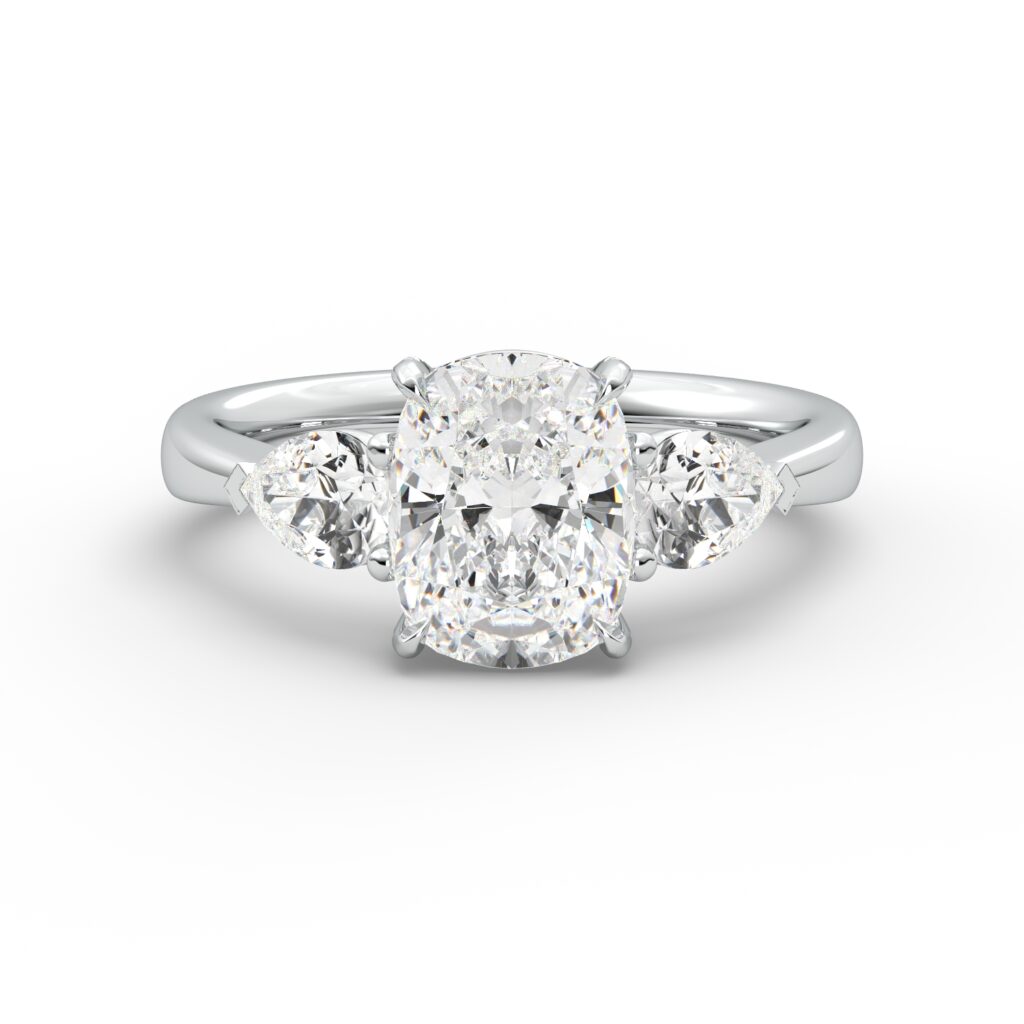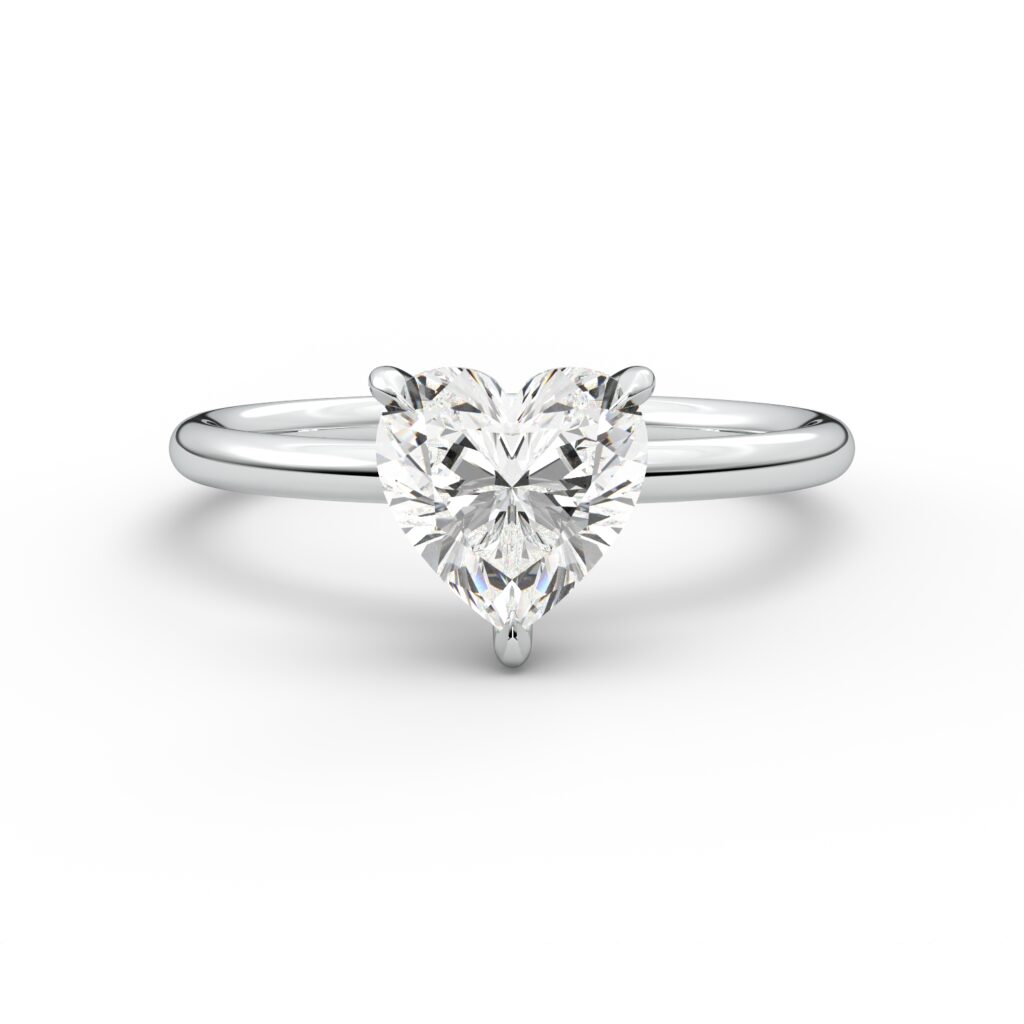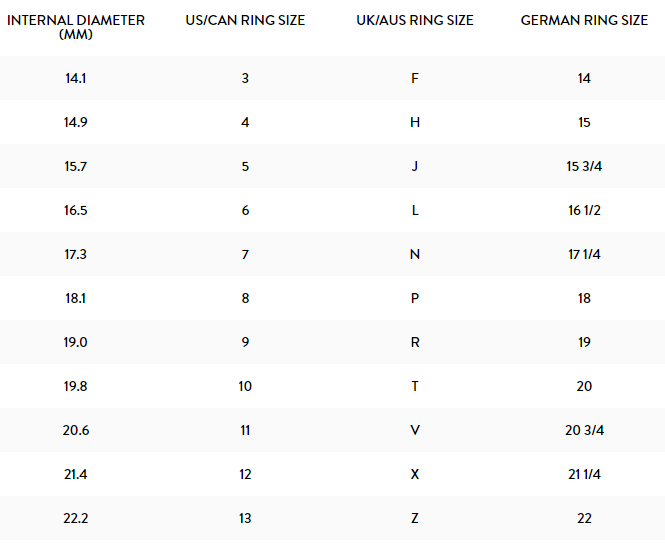Table of Contents
Diamonds are widely popular because of their intense sparkle and brilliance. Whether set in a engagement ring, brooch, necklace, or tiara, a diamond catches the eye like nothing else as its reflection dances with light in all its blazing glory.
You may wonder which diamond cut has the most sparkle and what factors contribute to its luminosity? To shed light on these curious questions, let’s take a deep dive into this stone’s sparkle story to help you make the right choice if you are big on the brilliance factor.

Which Stone Sparkles the Most?
Light-colored stones exhibit the most radiance because of their ability to absorb and reflect white light (brilliance) and disperse colored light (fire) the most. Among the gemstones, the diamond tops the list because of its light color, clarity, and facets that act like mirrors, making it twinkle like a dog star against the night sky.
Do Higher Quality Diamonds Sparkle More?
A major determinant of a diamond’s brilliance is the quality of its cut. So, yes, higher-quality diamonds in terms of cut grade are more resplendent than those of lesser cut grade. The Gemology Institute of America (GIA) is the authority when it comes to grading a diamond’s cut quality.
Now, what exactly is a diamond cut? And which diamond shape has the most sparkle?
The cut refers to how a rough diamond is carved to have many facets or flat surfaces that are spaced and polished, maximizing a diamond’s ability to grab light and reflect it back to the top. These facets make the diamond noticeably sparkly to the naked eye. The round cut diamond is the cut or shape that has the most facets at 58, making it the most brilliant diamond cut in the world.
Aside from the cut, other factors that play a part in a diamond’s radiance are:
- Color. The closer it is to colorlessness, the more brilliant it is.
- Clarity. Less impurities and inclusions magnifies the sparkle.
- Metal setting. White metal bounces light off, adding to its fire and brilliance.
The carat weight is more about the size than the brilliance. If the sparkle matters to you more than the size, it is better to buy a diamond with a lower carat but with a high-grade cut.
What Grade of Diamond Sparkles the Most?
Let’s narrow down the criteria further, because not all round cut diamonds are created equal and sparkle with the same intensity.
If you want maximum brilliance, choose a round diamond cut ring that is GIA-certified and graded as excellent or very good. Cut grades that are fair or poor sparkle less.
Higher-grade cuts mean that the facets are clean, polished, symmetrical, and optimally spaced. As a result, dark areas are minimized, and light reflection and dispersion are maximized.
How Do You Maximize a Diamond’s Sparkle?
Aside from the diamond shape and cut grade, there are other factors that reinforce a diamond’s brilliance. Here are some ways you can make it sparkle like a showstopper:
Set It in Bright White Metal
A white gold, silver, or platinum metal setting intensifies the diamond’s brilliance by acting like a mirror and adding more reflective effects. The light reflected by the white metal passes through the diamond to its top, maximizing its light performance when viewed face up.
Add More Diamonds
You can enhance the brilliance of the central diamond by adding more diamonds! For instance, you may encrust a ring’s band with smaller pave diamonds, or have a halo design to magnify the center stone’s brilliance and size.
Raise and Show Off the Diamond
A diamond dazzles when it grabs more light. You can raise the central diamond to let it take in and reflect more light. A Tiffany solitaire ring that has six prongs holds the diamond in place and provides an optimal position for capturing light. You may also have four prongs to expose more of the diamond and maximize its brilliance further.
Clean and Polish Your Ring
Regularly cleaning your ring, including both the metal and the stones, can remove dirt, oil, and cosmetic residue and reveal more sheen and sparkle. Clean and polish it gently with a solution of warm water and dishwashing soap. Avoid using harsh cleaning agents that can damage the jewel or affect its color and shine. Use non-abrasive cleaning tools like a soft-bristled toothbrush or cotton.
Do Small Diamonds Sparkle More?
As mentioned, a diamond’s brilliance depends largely on the kind of cut and cut grade more than the size. A smaller diamond can sparkle more than a larger one if it has a better cut quality and more facets that take in and bounce off light.
Why Doesn’t My Diamond Sparkle?
It could be that its cut grade is below excellent or very good. Another reason why your diamond jewelry doesn’t sparkle is that the shape of the stone and its design do not maximize light performance. Next to the round cut, all the diamond cuts that optimize brilliance are the princess, radiant, and cushion.
Furthermore, if the diamond is set on a darker colored metal, the brilliance will not be as intense as when it’s set on a white metal. You might also want to check if your ring needs some cleaning and polishing, as dirt could dim the sparkle.
What Color of Diamond Has the Most Sparkle?
Light is captured, reflected, and dispersed best in colorlessness. So, a diamond that is nearly colorless sparkles more than the rest. The lighter the color of the diamond is and the whiter it is, the more brilliance it exhibits.
The color grade ranges from D (colorless) to Z (visibly yellow). Colorless diamonds are extremely rare and very expensive. If you want a brilliant diamond that doesn’t cost a fortune but looks radiant nonetheless, you may opt for a G or H color grade, which looks almost colorless because the color shades on the scale are unnoticeable to the naked eye.
A Brilliant Choice
Finding a diamond that shows off impressive brilliance doesn’t have to mean buying the most expensive one in the store. Optimizing the different factors that contribute to its degree of sparkle can yield the best choice without going beyond your budget.
therealdiamond.com, a trusted diamond expert that crafts some of the world’s finest pieces, offers a broad selection of diamond rings with stunning brilliance fit for royalty. Let us help you find the most sparkly diamond for the radiant you!

























